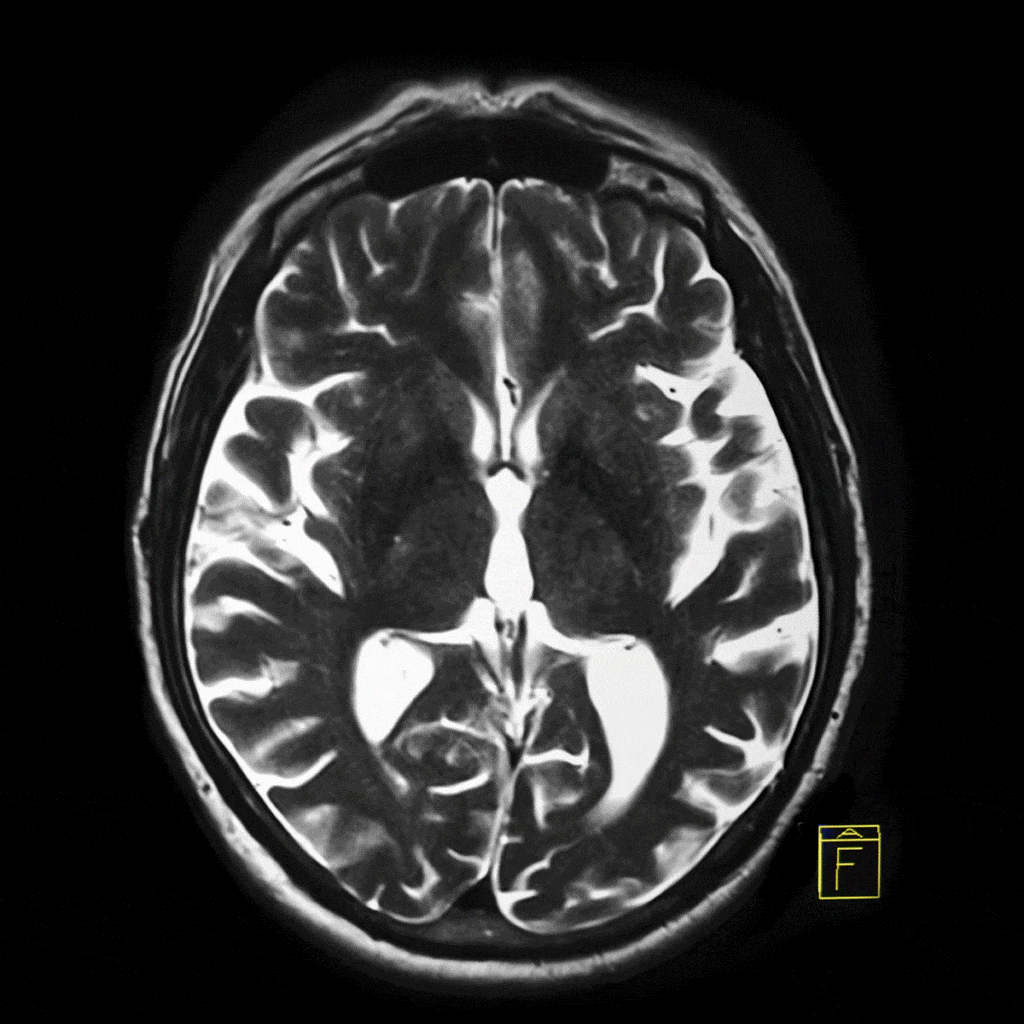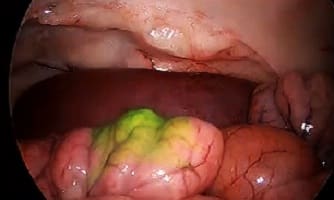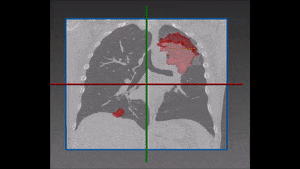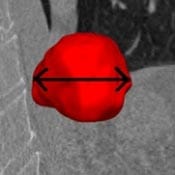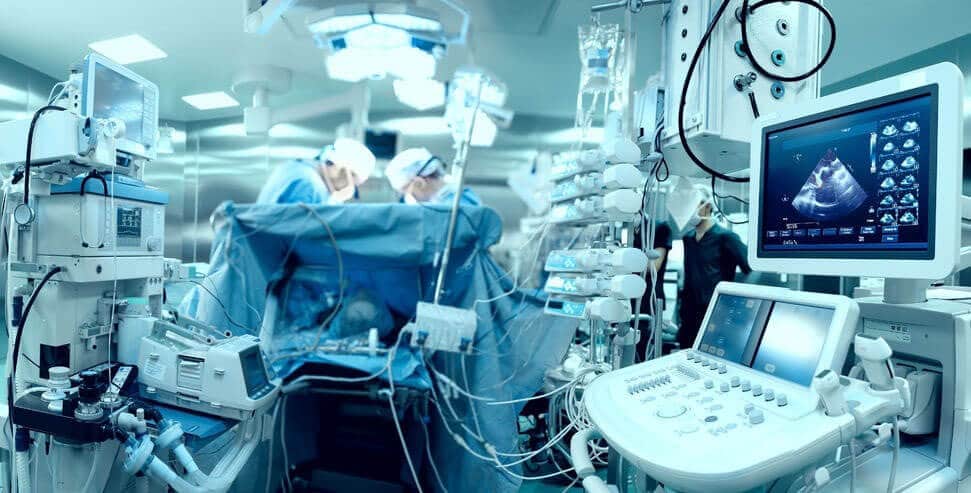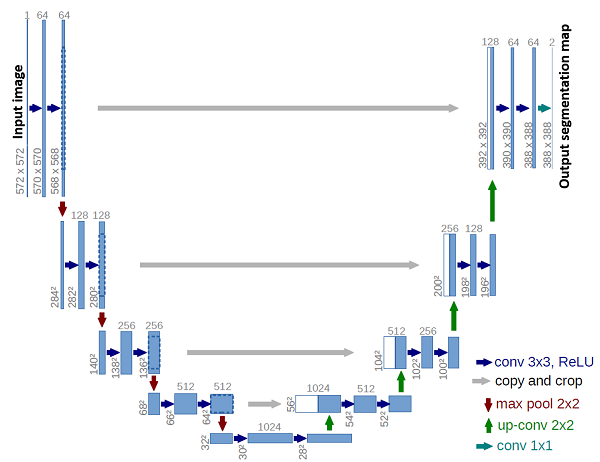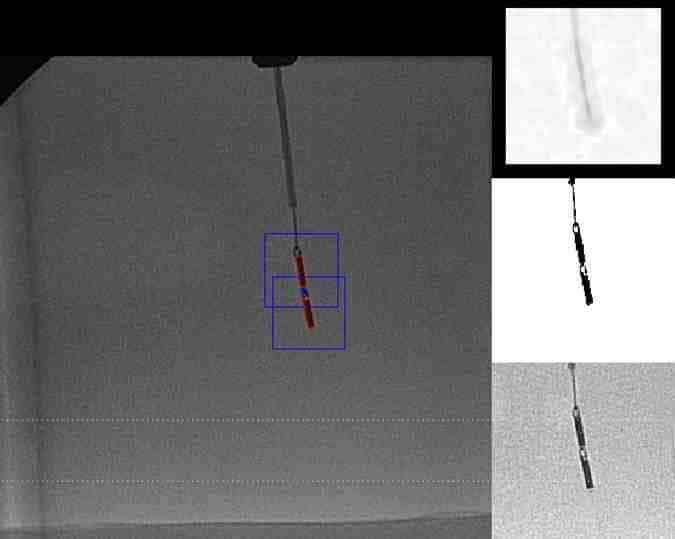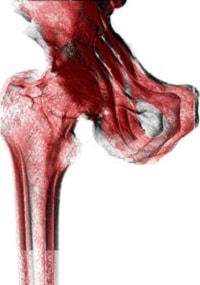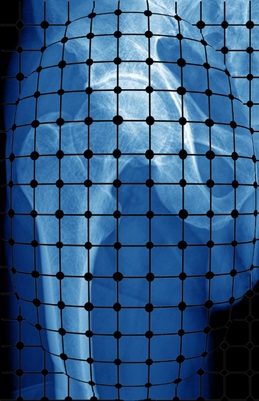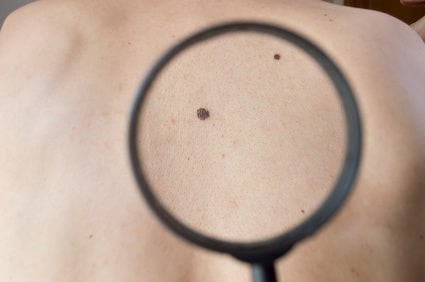Data and Annotation Challenges in Medical AI Development
David Menashe, Arie Rond, Ilya Kovler Introduction In recent years, artificial intelligence (AI) has revolutionized many fields and has had a major impact on our daily lives. This revolution is driven by a combination of advanced deep learning models and an abundance of accessible training data on the internet. In the medical field, despite its …
Data and Annotation Challenges in Medical AI Development Read More »


